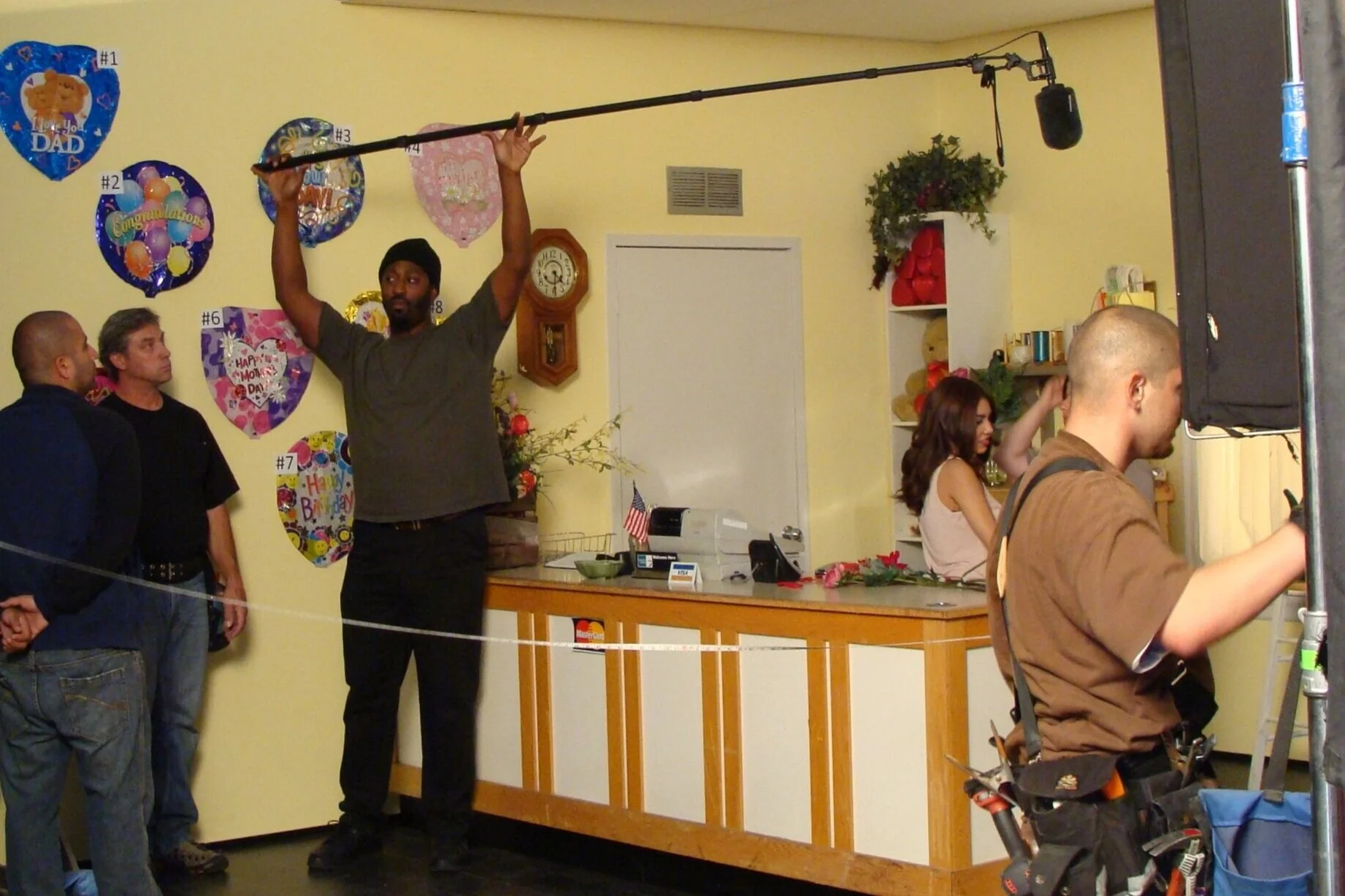
Training Pathways
Our instruction goes beyond basic requirements, immersing students in the full range of technical, safety, and professional skills needed to succeed on set. Taught by experienced union members and in alignment with IATSE standards, our program emphasizes set etiquette, safety, and the unspoken rules of crew culture.
This depth of preparation has earned Hollywood CPR a trusted reputation across studios and unions, with graduates consistently recognized for their professionalism, readiness, and long-term success in union careers.
LOCAL 705
-
If you’re detail-oriented, love storytelling through clothing, and thrive in fast-paced environments, this pathway trains you for entry-level roles as a Finished Costumer—organizing, tracking, and maintaining costumes on set while supporting designers and ensuring continuity for every scene.
LOCAL 44
-
PROPS
Prop makers are the core of virtually all studio construction. On any sound stage or location, they are crucial in the effort to transport the imagination of the motion picture and television audience through time and space. They might have to construct anything from a boat to a train, plane, or automobile; or a covered wagon, a rocket, a chariot, or even a submarine. Propmakers work with wood, plastic, foam, rubber, and metal to build props and sets that are seen in production. Areas include basic carpentry, building sets and props, and gaining proficiency of the many tools utilized, including 3D printers, CNC machines and other emerging technologies.
SET DRESSING
Once the physical walls of the set are constructed or the location has been chosen, set dressers are responsible for bringing in the surroundings and objects known as "set dressing” – furniture, rugs, lighting fixtures, and more, which contribute to telling the story and support the vision of the Production designer, writer, director and producer. This pathway teaches the entry-level skill requirements for set dressing. Students will learn about crew dynamics, chain of command and proper set protocols.SET CONSTRUCTION
The Set Construction pathway trains students to become union-ready carpenters and scenic fabricators who bring film and television sets to life. Students gain hands-on experience in stage safety, set building, rigging, scenic automation, and tool operation, learning directly from working professionals.
LOCAL 600
-
If you’re drawn to the heart of visual storytelling and want to work hands-on with the tools that shape every frame, the Camera pathway puts you right behind the lens. This pathway trains students for entry-level positions in the camera department—specifically Digital Utility and Loader—by teaching camera media handling, department roles, and the chain of command within the Cinematographers Guild, laying the foundation for long-term growth in the field.
Students must have excellent writing and communication skills, be competent with ever-changing technology, not be afraid of heights and be able to lift a minimum of 50 lbs throughout the day.
LOCAL 728
-
If you’ve ever wondered how a scene gets its mood, drama, or magic, the Set Lighting pathway teaches you how to shape light like a pro. Students are introduced to the craft of studio electrical lighting. Topics include how to safely and correctly handle and operate lighting instruments, stands, mounting equipment, and power distribution systems and the basics of optical physics, lighting design, crew dynamics, film/TV production, set protocol, workplace safety and some special effects.
Candidates must not be afraid of heights and must be able to lift a minimum of 50 lbs. throughout the day.
LOCAL 80
-
If you’ve ever wanted to be the person who makes impossible camera shots and epic set-ups actually happen, the Grip pathway shows you how it’s done. Topics include all non-electrical lighting, rigging and rigging systems, all camera movement, dollies, tracks and booms, and building platforms and support stages safely. Grips are able to create movies in any type of condition or terrain. Students will learn about crew dynamics, chain of command and proper set protocols.
LOCAL 706
-
Pathway currently in development
This program is not yet active. Once launched, it will only be available to graduates of LATTC’s Cosmetology Program who hold a valid license. If you are interested in being considered in the future, completing the LATTC Cosmetology Program and obtaining your license is the first step. Join the interest list below to be notified when the program launches.
LOCAL 700
-
Pathway in revision until further notice. Join the Interest List to be notified if future training opportunities become available.
LOCAL 695
-
Pathway in revision until further notice. Join the Interest List to be notified if future training opportunities become available.
LOCAL 33
-
Stagecraft personnel are technicians who construct sets, lighting, audio, and visual systems for various stage productions, concerts, and live theater and television shows.
Specifically, this bootcamp-style training experience introduces students to basic rigging, set lighting, audio, and set construction methods for game shows, concerts and theater productions. Students will learn about crew dynamics, chain of command and proper protocols. Local 33 is the only union that combines the skills of multiple other trades into one.
Students who want to be a strong candidate for this pathway should consider completing the Grip Pathway first.
Candidates must be comfortable working up high, able to lift at least 50 lbs repeatedly, and physically agile enough to safely climb on and off stage platforms and set structures.
LOCAL 729
-
Pathway in revision until further notice. Join the Interest List to be notified if future training opportunities become available.
LOCAL 871
-
Pathway in Development












